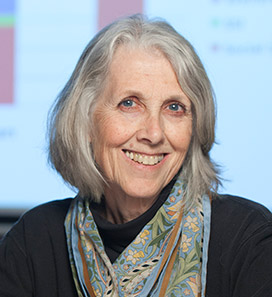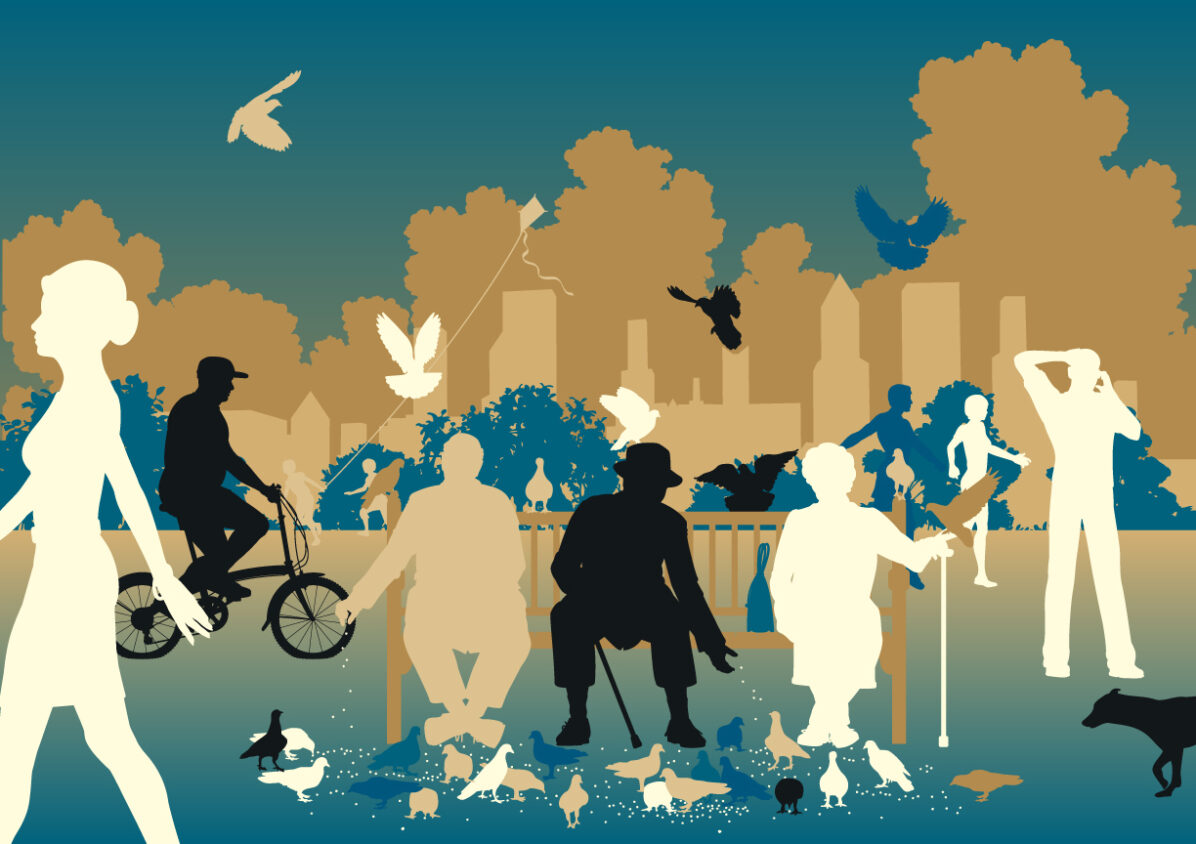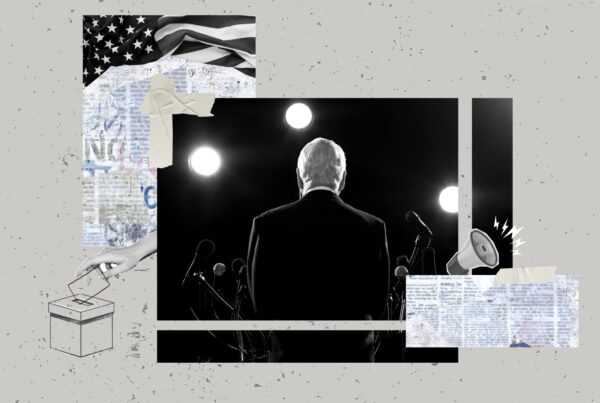
Professor Kate Wilber
“Yes, maybe we’d like to be able to get places quickly, and carry things in both hands, but only because we have to keep up with the rest of you. We would rather be just like us, and have that be all right.”
– Barbara Kingsolver, The Poisonwood Bible
Our youth-centric standard of physical ability, beauty, and performance leaves most of us out, including many older adults. What would happen if all of us were valued for being “just like us” and could bring our unique contributions to a common purpose?
Consider what we could accomplish if older adults had opportunities to contribute to their community according to their fullest potential, no matter their age, interests, or expertise? Conversely, how much talent and wisdom do we miss out on because many elders don’t have clear, comfortable, and accessible means through which to share their knowledge and life experiences within the fast-paced, technology-driven rat race that many of us inhabit?
While older adults offer a largely untapped reservoir of potential, it is not unusual to see the rapid aging of the population portrayed in apocalyptic terms, with phrases like the “silver tsunami” or the “age quake.”
The subtext of these proclamations is that tsunamis and quakes are destructive and overpowering. Although we know that demographic changes bring challenges, population aging also offers unprecedented opportunities.
To capitalize on the promises rather than the perils of an aging society, leaders in the Los Angeles region have launched the Purposeful Aging Initiative. Purposeful Aging Los Angeles stresses the importance of ensuring that older adults live safe, healthy, and rewarding lives. Equally important, the initiative seeks to harness the largely untapped human capital, creativity, and experience that our elders have to offer. Strategically recognizing and developing opportunities and meeting the challenges head-on, will ensure that people of all ages benefit. Whether small or large-scale, creative, practical ideas that are good for older people are likely to be good for everyone.
Consider these examples:
- Aging in place should include opportunities to age in community. Strong volunteer programs, such as those that connect older volunteers with schools, offer students new mentors and role models and give teachers support in the classroom. At the same time, such programs bring generations together, breaking down stereotypes and fostering friendships across communities that are too often age-segregated and isolating.
- Make access to outdoor spaces and community activities more accessible. Sidewalks, parks, and other community infrastructure can be designed to be safe and easily navigable for older people. These designs will also make it easier for parents with children in strollers and those using walkers, rollators, and wheelchairs to get around. Similarly, policies that promote safe, accessible, good-quality, and affordable housing benefit older people, younger adults just starting out, and a large swath of people who have been priced out of the housing market. Innovations include experimenting with different models of housing such as accessory dwelling units, cohousing, and home sharing options.
- Recognize and promote strategies to wipe out the stigma of getting older by embracing the many facets of older age. Unfortunately, more than four decades after Robert Butler coined the term “ageism,” age bias appears to be alive and well in Los Angeles. Working together to make communities in the region age-friendly will create opportunities to change how people view aging and older adults.
Changing attitudes, developing and improving programs, innovating across a variety of sectors, and engaging a wide range of stakeholders is a tall order, and Los Angeles is gearing up for the challenge. Purposeful Aging Los Angeles is fortunate to have strong champions in Los Angeles Mayor Eric Garcetti and the Los Angeles County Board of Supervisors represented by the Board’s Chair Hilda Solis. In addition to leadership from the region’s top officials, this ambitious initiative has been and will continue to be a team effort. Partners include the City and County of Los Angeles, the USC Leonard Davis School, AARP, the Milken Institute Center for the Future of Aging, and UCLA. This team is working to bring together community stakeholders from throughout the region to identify challenges and opportunities for making Los Angeles a model age-friendly region for all its residents.
Launched in May, the initiative begins with a two-year planning process. Planning activities are designed to engage key stakeholders, including older adults, in the City of Los Angeles, the other 87 cities in Los Angeles County, philanthropic organizations, community organizations, businesses, and educational institutions. To ensure that these efforts pay off and the priorities for change actually happen, the planning process will set the stage for a three-year action plan.
There is lots of work to do, and it is our hope that as Purposeful Aging LA gets underway, Angelenos from a variety of different backgrounds and perspectives will provide advice and support. Los Angeles has a unique and exciting opportunity to make the region a model that capitalizes on the opportunities of an aging society in a way that supports, empowers, and celebrates individuals at every stage of life.
Editor’s note: Kate Wilber is the USC Mary Pickford Foundation Professor of Gerontology and a steering committee member for Purposeful Aging Los Angeles. The views and opinions expressed in this article are those of the author and do not necessarily reflect the position of the USC Leonard Davis School of Gerontology.





